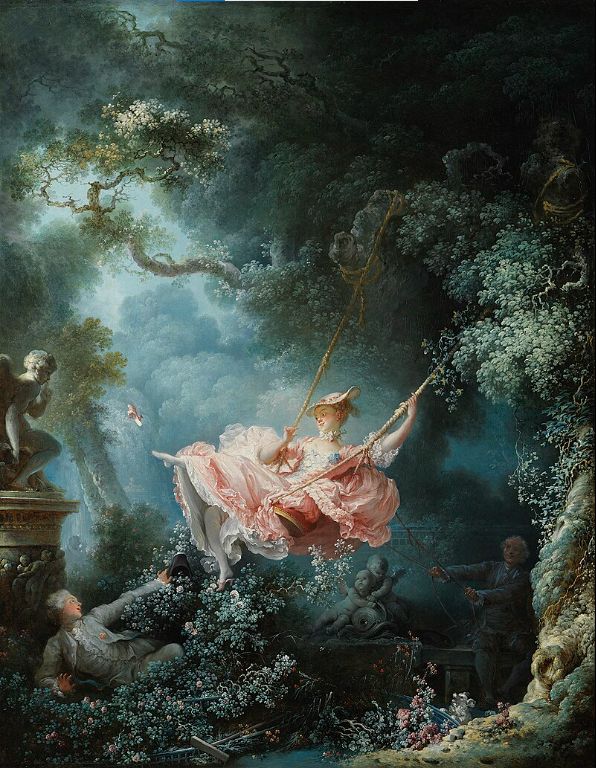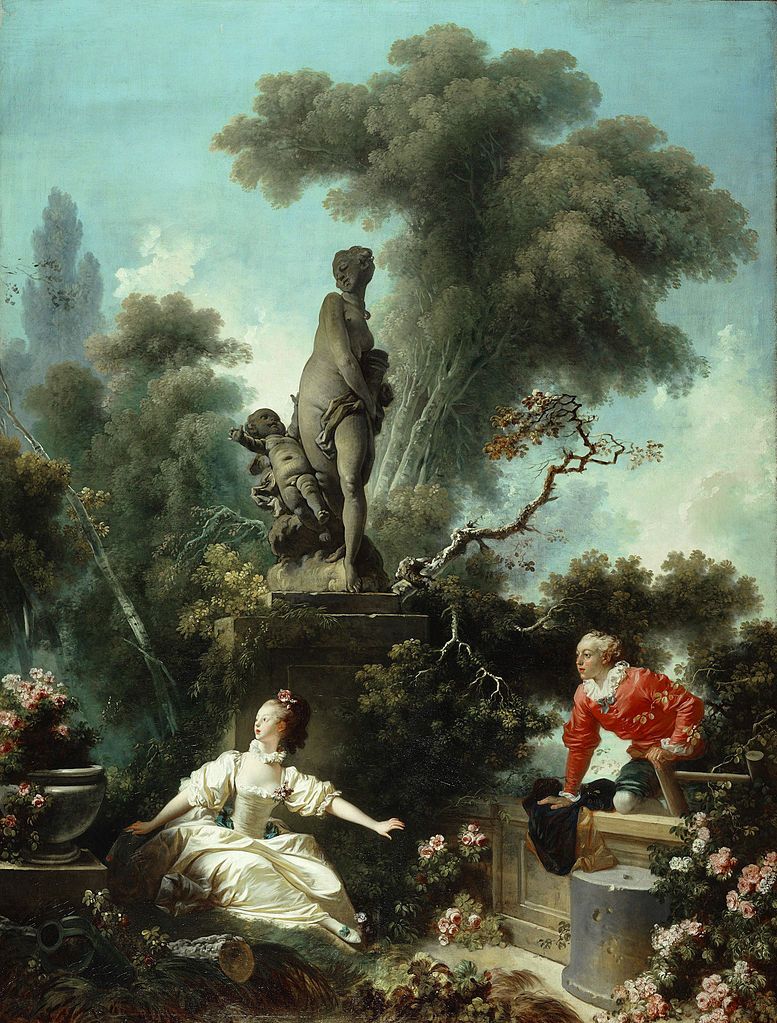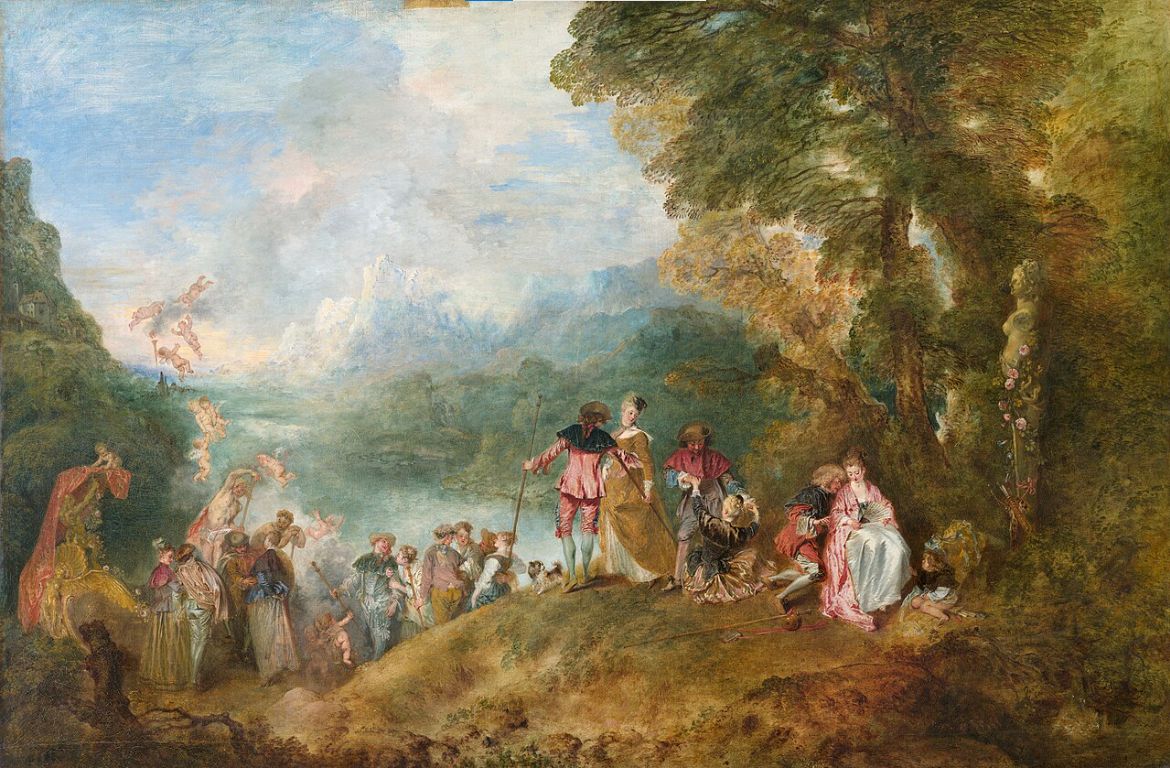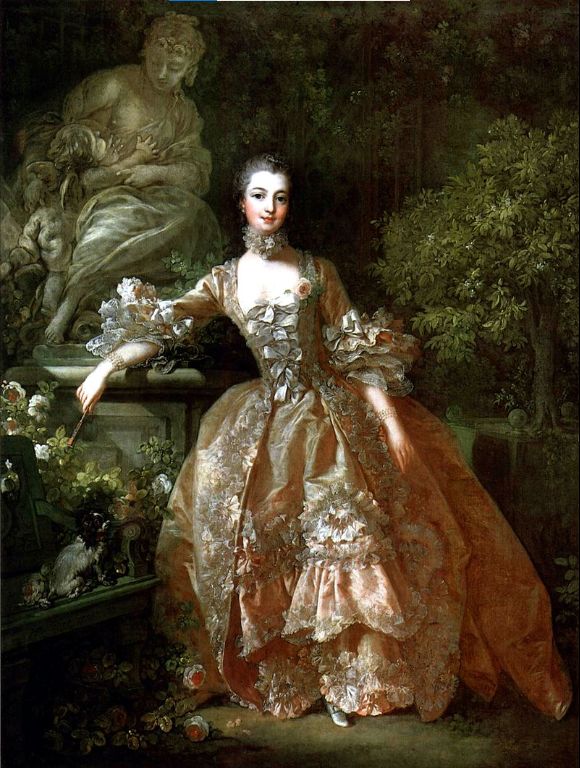Rococo art emerged in the first half of the 18th century, particularly in France, showcasing a unique and elaborate style. This artistic form was known for its delicate, sensual qualities and intricate designs. At first glance, Rococo art seemed at odds with the rational ideals of the Enlightenment. However, this artistic phenomenon had profound social and cultural roots, which justified its existence.

The term "Rococo" originates from the French word "rocaille," referring to shells or shell-like decorations. Initially used to describe small, sweet decorative objects, it later evolved into an artistic style characterized by lightness, elegance, and theatricality. Rococo emphasized freedom and spontaneity, reflecting a rebellion against the rigid rules of academic art and a pursuit of novelty.
Rococo art is defined by several key characteristics:
Delicate Technique: Rococo artists excelled in fine brushwork and detailed handling, infusing their works with vibrancy and a soft texture.
Meticulous Composition: Rococo works often displayed a sense of movement and curvilinear beauty, emphasizing harmonious and graceful arrangements while avoiding rigid and static structures.
Soft Gradation and Blending of Colors: The colors in Rococo art were typically bright yet gentle, frequently using pastel shades like pink, light blue, and pale green to create a warm and romantic atmosphere.
Subtle and Complex Rhythmic Patterns: Rococo art pursued fluid lines and intricate ornamentation, making the works appear lively and rhythmically complex.
Many theorists of the time criticized this art form, deeming it irrational and lacking seriousness. Enlightenment figures like Voltaire stressed the importance of reason and knowledge, believing that art should serve educational and moral purposes rather than mere sensual pleasure. However, Rococo artists were unfazed by such criticisms, seeking instead to create an aesthetic experience that transcended everyday life.
Rococo art manifested prominently in architecture, painting, sculpture, and decorative arts. In architecture, Rococo buildings featured curved lines and asymmetrical designs, lavishly decorated. In painting, artists like Antoine Watteau, François Boucher, and Jean-Honoré Fragonard were renowned for their delicate styles and soft colors, often depicting pastoral scenes, romantic encounters, and mythological tales. Rococo sculpture and decorative arts, including furniture, porcelain, and metalwork, also showcased meticulous craftsmanship and rich ornamentation.


The drive behind Rococo art was a desire to break free from academic constraints, seeking spontaneity and novelty in expression. In this artistic movement, classical compositional rules were cast aside, and Vitruvian architectural principles were either misused or disregarded. At the time, debates in the art world centered on the importance of line versus color. The Poussinists, led by Nicolas Poussin, argued for the superiority of line, appealing to intellect, while the Rubenists, inspired by Peter Paul Rubens, championed color for its sensory impact and fidelity to nature.

Though Rococo art lacked a rational theoretical foundation, its emergence was not without reason. As poet Alexander Pope remarked in his "Essay on Criticism," “One beauty, yet to be discovered, has no name.” Rococo art captured this ineffable beauty in its unique way.
In France, Rococo first gained popularity among the court and aristocracy. Louis XIV's preference shifted from supporting academic artists to those who challenged the status quo, fostering the rise of the Rococo style. Over time, this style spread across Europe, influencing countries like Germany, Austria, and Italy.
Despite its decline at the end of the 18th century with the rise of Neoclassicism, Rococo's influence persists. Modern design and decoration still reflect Rococo elements. This art form, with its distinct aesthetic and historical significance, remains a shining jewel in art history.
The allure of Rococo art lies in its pursuit of freedom, sensory enjoyment, and beauty. It reminds us that art is not solely a product of reason and rules but also an expression of emotion and intuition. In contemporary society, we can still draw inspiration and aesthetic pleasure from Rococo art, appreciating its delicate, gentle, and romantic qualities.